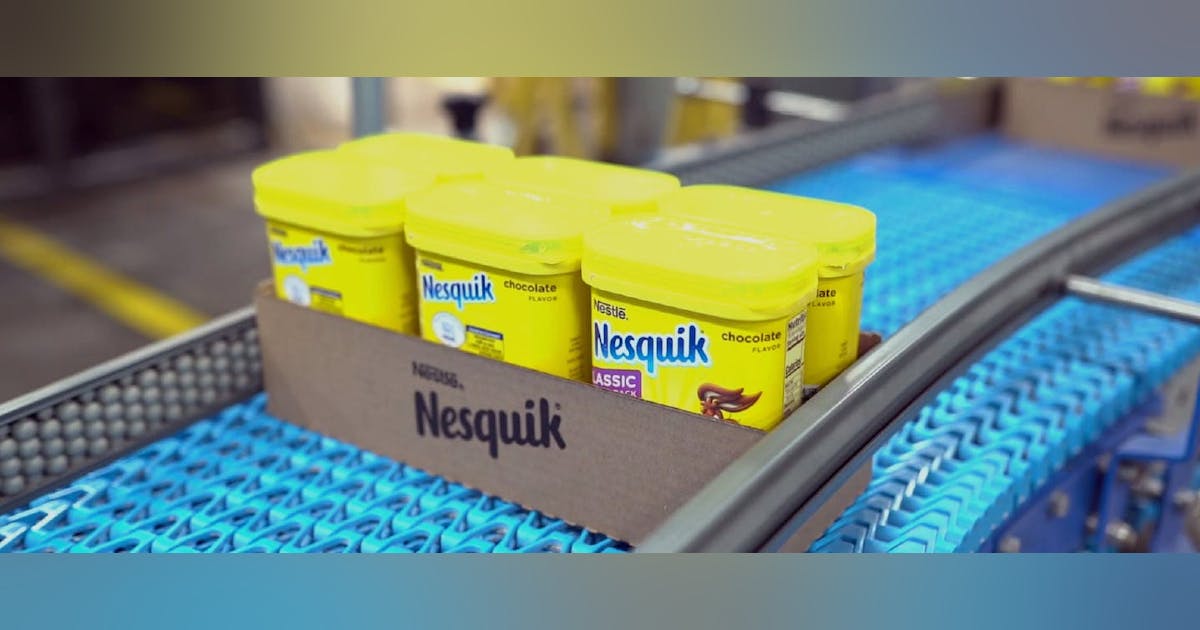One emerging force promising to enable analytics is artificial intelligence (AI) and its interactive accessories. However, as usual, it seems like some human understanding and logic is necessary to develop and apply them effectively.
For example, Nestlé recently partnered with Aveva on a lighthouse project to optimize production of its Nesquik and Ovaltine chocolate-powder products at its plant in Waverly, Iowa. These products undergo an agglomeration process during production that involves wetting and drying the powder until it achieves the right moisture and density, or optimal fluffiness. Operators previously ran the agglomeration process manually, but this sometimes caused unwanted variability in the powder’s moisture and density.
In addition, operators on Nestlé’s production line used to rely on manual samples to test powder moisture and density every 30 to 60 minutes. This procedure left operators with lagging indicators throughout each production run, which resulted in inconsistent power, as well as wasted product because the company had to put more product in each jar to reach a visually satisfying fill level.
“We wanted real-time predictions of the density and moisture of our product,” says Greg O’Brien, project owner and engineer at Nestlé. “We also wanted to give our operators manipulated variable suggestions, so they could make more consistent powder on their own.”
Consequently, Nestlé designed a solution that uses real-time production data and advanced analytics to generate setpoint recommendations that keep moisture and density levels within desired limits, and minimize variability to consistently produce lower-density, fluffier chocolate powder. The lighthouse team began by transferring production data from one of Waverly’s agglomeration towers to a cloud-computing service and Aveva’s Connect data services and historian software, where they could perform advanced analytics with AI and machine learning (ML).
Get your subscription to Control’s tri-weekly newsletter.
Next, Nestlé developed a dashboard in Connect that visualizes predicted moisture and density, along with the setpoint recommendations, which are enabled by Aveva’s Advanced Analytics software. Operators can also view customized dashboards next to SCADA screens that show predicted and actual density and moisture levels (Figure 1). Also, the recommendations screen takes the guesswork out of process control because operators can simply follow Advanced Analytics’ guidance to ensure product consistency. In the future, the team expects to close the loop by feeding Advanced Analytics’ setpoint recommendations directly into Nestlé’s SCADA system to automate adjustments.
